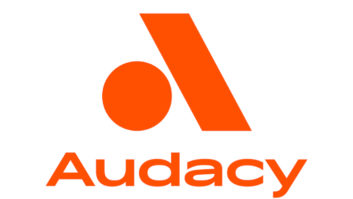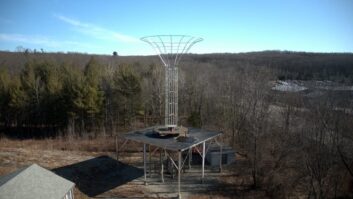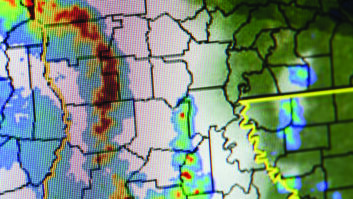An engineer from Sirius’ New Jersey office delivered a paper at the annual Broadcast Engineering Symposium sponsored by the IEEE in Alexandria, Va., last week on how the satellite radio company plans to migrate to a new satellite architecture.
Remember, both Sirius and XM plan to keep their respective services running for a few years before eventually operating a joint system. This report covers the Sirius plans for its own satellites.
The company wants to maximize system availability, reduce infrastructure costs and reach more subscribers in more environments, said systems engineer Stefano DiPierro. To that end, company engineers have developed tools to model and predict signal availability across its service area.
Right now the three satellites in the Sirius constellation are in highly inclined, geosynchronous orbit (HEO). The satcaster is planning to launch a high-powered geostationary satellite (GEO) in 2009.
Using higher-power amplifiers and a 9 meter transmit antenna reflector, the new satellite “more than doubles” the power of today’s satellites, he said. In the near term, the high-power GEO would be on continuously while the current satellites would be on for 8 hours daily until an additional HEO is launched, completing migration to the new architecture.
The satellite coming in 2009 will allow highly concentrated transmission to all receivers; home users will benefit from a constant southerly direction in which to point their antennas. The future satellite architecture will result in high elevation angles for longer periods of time, DiPierro said.
The life expectancy of the HEOs is 15 to 18 years, he said.
The engineer declined comment when I asked how the migration would be affected if Mel Karmazin’s plan to cut expenses of the combined satellite radio company by some $425 million falls short.












